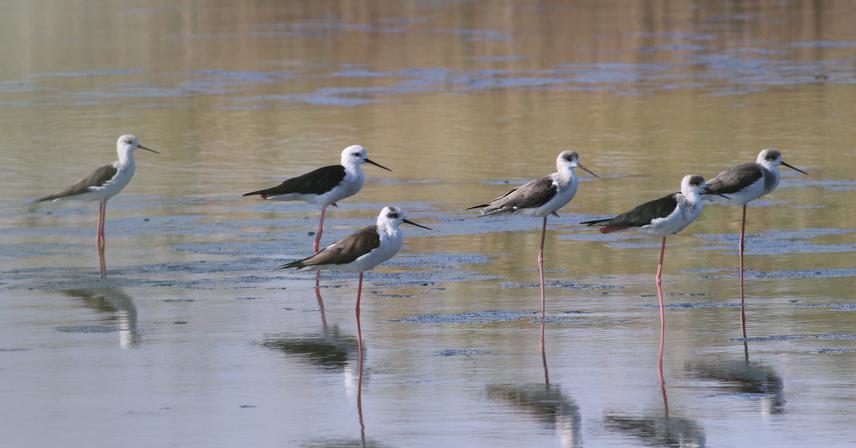Basma Sheta
Manzala Lake is the largest delta lake in Egypt. It is listed as IBA (Important Bird Area) and considered as the main spot of migratory and resident birds. Shrinkage of the lake due to illegal land reclamation has led to the loss of biodiversity and reduction of bird populations. Constructed reedbeds provide a cheap, ecofriendly method for treating polluted water. There is a network of them across Lake Manzala, planted to both filter pollutants and farm fish. We plan to survey bird and invertebrates biodiversity occurring between natural and constructed reedbeds to compare their ecosystem and role in preserving biodiversity.

There is a critical lack of understanding of reedbed ecological function that we seek to address. Constructed reedbeds have been promoted as a low-cost and ecologically friendly method to improve water quality in polluted ecosystems. Part of their appeal is that they provide extra habitat and should enhance biodiversity. Many assumptions have been made about the ecological and economic value of constructed reedbeds, but while efficacy in water treatment is measured, few assessments have been made of the ecological value relative to natural reedbeds. While constructed reedbeds have been surveyed for pollutants, this has not been done for natural reedbeds. Biodiversity has not been assessed or compared between constructed and natural reedbeds.
The aim is to understand the role of reedbeds in the promotion of biodiversity and sustainable food production.
Objectives are:
1. To identify natural and constructed reedbeds across Lake Manzala for survey, comparison and monitoring, focusing on birds and the reed stem-dwelling community of invertebrates and aquatic macroinvertebrates as indicator species.
2. To create and share an accurate baseline of reedbed biodiversity and functionality for conservation planning and future monitoring.
3. To share best practice in wetland conservation and monitoring. Educate local community through outreach.
4. To establish a nationally replicable, standardized, long-term monitoring program to examine seasonal and yearly trends of aquatic birds using the wetland.
5. To assess all waterbird species visiting or resident at Lake Manzala, to calculate abundance, population density, and size structure of each species' population.
6. To Increase trainees' knowledge of bird migration and bird identification in Egypt